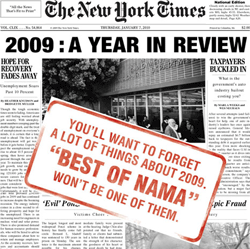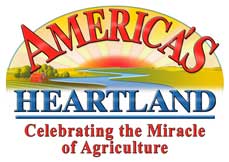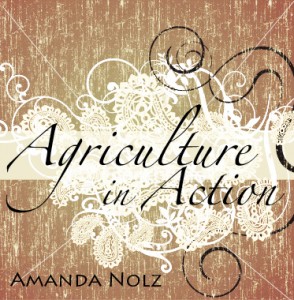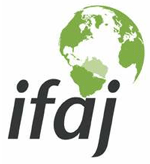 Although I don’t have children of my own yet, I have run across the website Mom Logic on multiple occasions in my work as an agriculture advocate. It’s a place where moms can discuss everything from kids, to relationships, to fashion, to dieting and even to share recipes with one another. The motto of Mom Logic is, Real Stories, Real Honest, Real Moms.
Although I don’t have children of my own yet, I have run across the website Mom Logic on multiple occasions in my work as an agriculture advocate. It’s a place where moms can discuss everything from kids, to relationships, to fashion, to dieting and even to share recipes with one another. The motto of Mom Logic is, Real Stories, Real Honest, Real Moms.
Well, a common theme on the Mom Logic site is to abolish meat in the diet and replace it with ground turkey. It seems on the messaging boards, there is a huge concern about the price of beef, beef’s nutritional content and even the beef recalls in the news.
I think this is a huge opportunity for all of us to take part in the discussions, as moms, college students, agriculture professionals, etc. We need to start making our mark in these forums to tell the accurate story of meat as a healthy part of a well-balanced diet. Check out the website, and you’ll see what I mean. Let me know if you decide to take part in the debate. Together, we can make a difference.

 Gary Truitt with Hoosier Ag Today recently published an article titled,
Gary Truitt with Hoosier Ag Today recently published an article titled,  Okay, so it’s snowing in Kansas City now. But the show will still go on tomorrow. That’s the Region 2 Best of NAMA. Are you going to a regional best?
Okay, so it’s snowing in Kansas City now. But the show will still go on tomorrow. That’s the Region 2 Best of NAMA. Are you going to a regional best?  Since I just went on a U.S. Grains Council trip to Morocco, Egypt and Jordan I was interested to see that
Since I just went on a U.S. Grains Council trip to Morocco, Egypt and Jordan I was interested to see that  As reported by Hoosier Ag Today,
As reported by Hoosier Ag Today, 
 In an effort to promote myself as an agriculture speaker available for keynotes and workshops, I have launched a new blog spot I hope you will all check out. It’s called
In an effort to promote myself as an agriculture speaker available for keynotes and workshops, I have launched a new blog spot I hope you will all check out. It’s called  Although I don’t have children of my own yet, I have run across the website
Although I don’t have children of my own yet, I have run across the website  I’m really glad to see the
I’m really glad to see the 